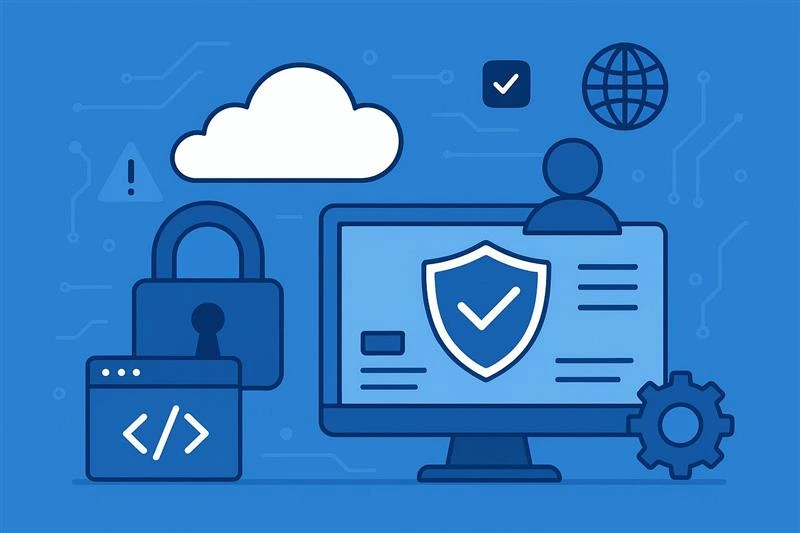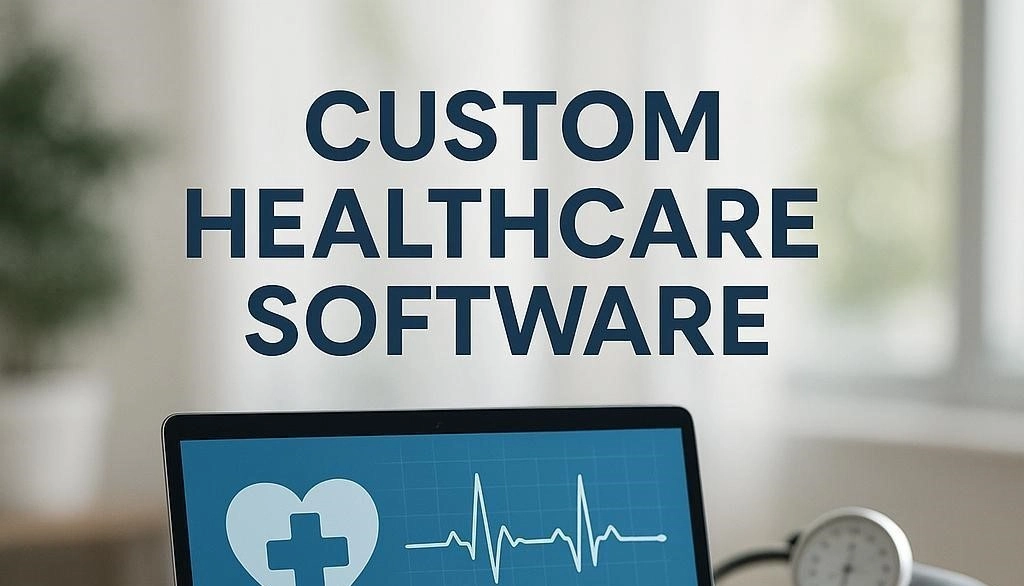What Is Cloud Penetration Testing and Why is it important?
13 Feb 2025Moving applications and infrastructures to the cloud is gaining momentum in these organizations. A strong security layer is required for Cloud security testing. With the help of cloud security testing, sensitive information can be well protected, a breach can be prevented, and regulatory standards can be complied with. Among other security assessments, cloud penetration testing, or cloud pen testing, is also one of the effective methods of finding vulnerabilities in a cloud-based environment. The purpose of this blog post is to discuss what cloud penetration testing is, how it is different from the traditional approach to penetration testing, and why cloud-dependent businesses should pay attention to this.
Difference Between Cloud Penetration and Traditional Penetration Testing
Though cloud penetration testing and traditional application penetration testing have a common objective: to detect security flaws, there are significant differences between them. These include scope and environment: Traditional application penetration testing concentrates on on-premises infrastructure in the form of networks, servers, and endpoints. In cloud penetration testing, applications hosted on the cloud, storage, and virtualized environments are tested.
- Shared Responsibility Model – Cloud providers like AWS, Azure, and Google Cloud operate based on a shared responsibility model, where they secure the infrastructure while customers must secure their applications and data. Pen testing in the cloud must be done following the rules and limitations presented by the cloud providers.
- Dynamic and Scalable Nature of the Cloud – Unlike traditional setups, cloud environments are dynamic, whereby resources scale up or scale down automatically. This fluidity calls for constant security testing to keep pace with evolving vulnerabilities.
- Authorization Requirements –In many cases, cloud service providers are very strict on authorization requirements before penetration tests can be conducted. Lack of authorization may sometimes lead to disturbances in services or breach of terms of service.
The Process of Cloud Penetration Testing
Cloud penetration testing is a structured process to evaluate security risks effectively. The process involves the following steps:
- Planning & Scoping – Identifying the objectives of the penetration test, defining the scope, and obtaining necessary permissions from cloud service providers.
- Reconnaissance & Information Gathering – Gathering information about cloud assets, configurations, and potential entry points.
- Vulnerability Assessment – Scanning cloud infrastructure, applications, and APIs for security weaknesses.
- Exploitation & Attack Simulation – Attempting to exploit vulnerabilities to determine the impact and feasibility of attacks.
- Post-Exploitation & Privilege Escalation – Evaluating how far an attacker could go after initial access and identifying ways to escalate privileges.
- Reporting & Remediation – Documenting findings, providing recommendations, and assisting with fixing security gaps.
Why Cloud Penetration Testing Is Important?
Cloud penetration testing is important for the following reasons:
- Identify Security Weaknesses – This helps organizations identify and remediate vulnerabilities before malicious actors exploit them.
- Ensure Compliance – Many industries, such as healthcare (HIPAA), finance (PCI-DSS), and government sectors, require periodic security assessments, which include penetration testing.
- Protecting Sensitive Data – Cloud storage generally contains critical business and customer data. Testing avoids breaches and leakage of data.
- Strengthening Incident Response – Simulated attacks let organizations assess and strengthen their response to security strategies.
- Improving Trust & Reputation – Showcasing a security interest can help companies build trust among customers and partners.
Cloud Penetration Testing Challenges
While penetration testing in the cloud is very important, it has specific challenges:
- Authorization Restrictions – Cloud providers lay very strict guidelines for penetration testing to avoid causing service interruptions.
- Lack of full control by organizations over the infrastructure in clouds as compared to traditional environments.
- Configuration changes are dynamic, so configuration changes keep changing, making it more challenging to maintain a constant level of security testing.
- Multi-tenancy Risks in Shared Environment As different tenants share the same resources, risks associated with multi-tenancy are introduced.
- Compliance Complexities – Many regulations limit the mode in which cloud penetration testing is undertaken.
Best Practices for Best Cloud Penetration Testing
For complete exploitation of cloud penetration testing, the following best practices are to be followed by organizations:
- Obtain Proper Permissions – Collaborate closely with cloud service providers to meet their set security testing policies
- Use Cloud-Native Security Tools – Utilize security tools designed for use in cloud environments.
- Automate Security Assessments – Implement continuous security scanning to keep up with rapid cloud changes.
- Focus on Misconfigurations – Most cloud security breaches are due to misconfigurations, so testing should focus on them.
- Incorporate Red Teaming – Beyond vulnerability scanning, simulate real-world attacks to test detection and response capabilities.
- Ensure Thorough Reporting – Offer reporting with actionable recommendations to enhance the security posture.
Advantages of Cloud Penetration Testing
Organizations investing in cloud penetration testing reap various advantages, including:
- Early Threat Detection – It detects security vulnerabilities before hackers can exploit them.
- Regulatory Compliance – It ensures adherence to legal and industry security standards.
- Enhanced Security Posture – Improves the overall security by strengthening it.
- Reduced Risk of Data Breaches – Prevents unauthorized access to sensitive data.
- Increased Customer Trust – Demonstrates commitment to protecting user data and privacy.
Conclusion
As cloud adoption continues to rise, so will the need for robust security measures. Cloud penetration testing is one of the best practices that will help organizations identify vulnerabilities, ensure compliance with industry regulations, and protect sensitive data. Despite the challenges it presents, following best practices and working within cloud provider guidelines can ensure effective security assessments. By investing in cloud security testing, businesses can mitigate risks, enhance security, and build a resilient digital infrastructure.
Read Also
- https://www.getastra.com/blog/security-audit/cloud-penetration-testing/
- https://www.guidepointsecurity.com/education-center/cloud-penetration-testing/
- https://www.pixelqa.com/blog/post/cloud-penetration-testing-introduction-tools-techniques-tips
- https://www.browserstack.com/guide/cloud-penetration-testing




